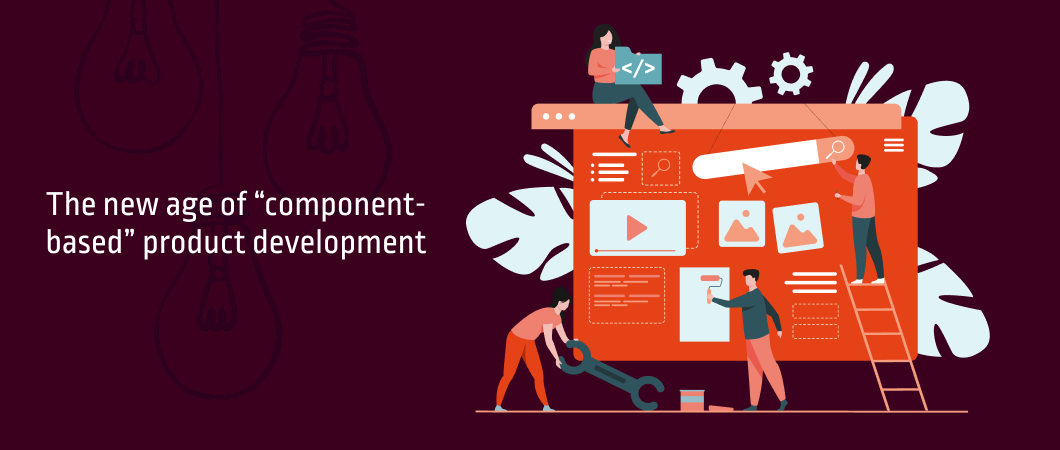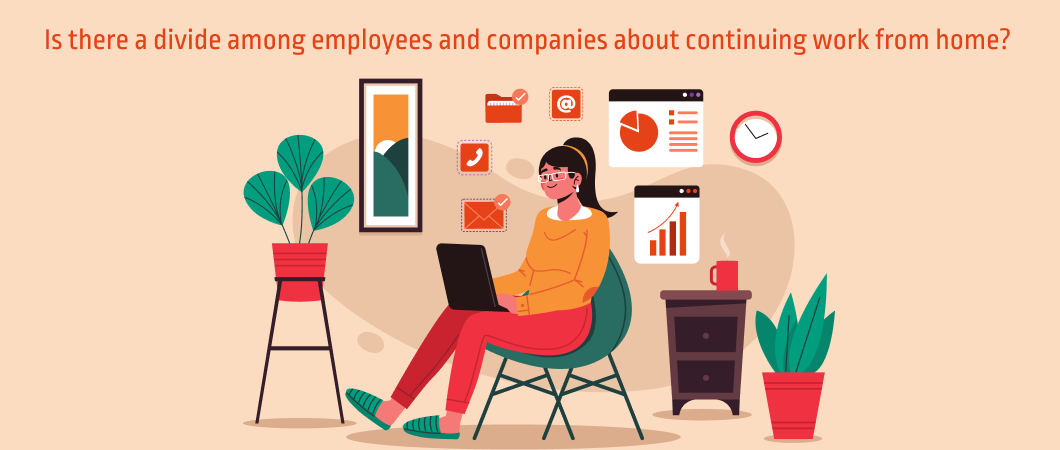User Experience has confirmed its importance as a contributor to product success – or failure. UX that had started as a discipline that belonged to Usability has now grown to accommodate far more than what usability used to indicate. User experience is now the sum of all factors that impacts how a user interacts with the product.
As enterprise software now becomes an integral part of the enterprise operational landscape, the conversation quite naturally drifts towards the UX of enterprise products. In the initial days of enterprise products, having a choppy UX did not impact the success of the product. We all remember the clunky, lifeless screens of the enterprise products we were forced to navigate tortuously through. The folks who were working on these products were “trained” to do so in implicit acceptance of just how hard they were to use. But times, they have been a-changing.
Over the years, there has been consumerization of enterprise products as software eats the world. As software became central to all manner of business processes, the usage spread beyond the “technical” staff to everyone in the enterprise. As the need for the workforce to use these software products increased, so did their expectations from enterprise products. Cries started growing that enterprise products must be designed to simplify and support tasks, not to add to the cognitive load of the employee.
And then the COVID-driven lockdowns happened.
The role of UX in enterprise products
The role of UX has been growing in prominence in enterprise products for a while now. The aim has been to that ensure interactions and flows are seamless and that all the information presented can be digested easily. We can soon expect the role of UX to become even more strategic in enterprise products and the focus on UX to increase even more owing to the current situation as a majority of the workforce is compelled to work remotely.
Early studies suggest that that remote working is expected to continue even after the COVID crisis blows over. With a significant portion of the workforce now becoming remote, organizations have to prepare themselves for a flood of feature requests, especially as all users become individual users. The consequent impact on UX is, therefore, undeniable.
If we look at the UX strategy of a consumer app, we find it aimed towards improving the experience of the buyer who is also the user. An enterprise UX strategy has to be aimed towards improving the user experience of the actual user while aligning it with the business goals and the IT constraints. Enterprise software users might not be the buyers of the software product. Still, as the role of these products rise in importance, and they become critical in enabling employees to do their jobs, the employees become the end-users of the software and tools. Enterprise solutions aim to help people accomplish more work. The UX has to enable this end goal.
UX – going beyond cosmetics
Considering the number of digital tools employees use on an everyday basis to conduct their daily tasks, UX becomes more strategically crucial inside the enterprise than outside it. Users, i.e. the employees, cannot be condemned to spending hours seeking help fighting their way through a dense thicket of poor UX design.
The solution cannot become a problem.
However, given the current scenario at hand, the challenges of UX have extended beyond ease of use and navigation. Providing ease of navigation, intuitive workflows, seamless direction, and a pleasing interface are mandatory. And these have been spoken of often. But while these remain crucial to good UX, there are several other factors that organizations will also need to consider now.
Firstly, enterprise product development has to consider several enablers that help deliver an elevated user experience. Elaborate network connections, proper LAN setups, access management, security, etc. all ensure that product performance is not impacted in the office. In a remote set up, such things are not usually available as in an office environment.
User experience has to take into consideration aspects such as end-point security, access management, network strength, and performance primarily as employees work remotely. Organizations have to pay close attention to end-point security to make sure that users do not have to worry about malicious end-point access and attacks. The confidence in the security of enterprise products will also contribute to elevated user experience.
Similarly, enterprise tools will have to reconsider their bandwidth, and network needs to alleviate challenges that emerge from latency. Performance and user experience are directly related, and as such, all performance-related contributors have to be fine-tuned to make sure application availability is not impacted. Organizations thus have to take a close look at things like user management and access control to ensure secure availability. Product architectures will also have to experience changes to make sure that the applications can be accessed from remote locations over slimmer bandwidths.
Since employees today are used to the UX standards the users of consumer products enjoy, expecting them to navigate the clunky UX experiences of enterprise products is not only unfair, it is also bad for business. Employees are people, and people today, will not accept bad UX. They want the same standards of UX such as proper navigation, intuitive interfaces, logical information architecture, sound design, high availability, and product security so that they can complete their tasks will minimal effort.
And now that the enterprise is going remote, UX in enterprise products will have to shift strategically to enable that dramatic change too.



